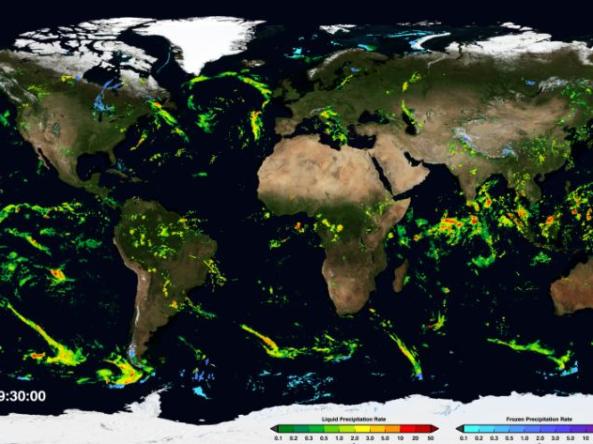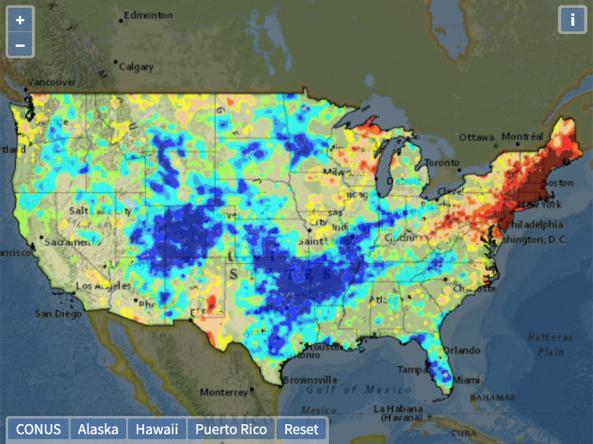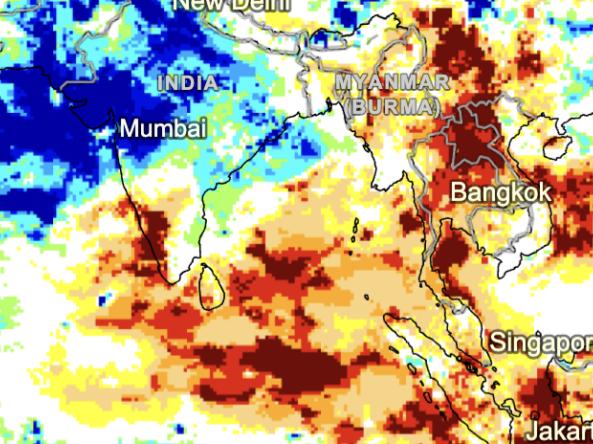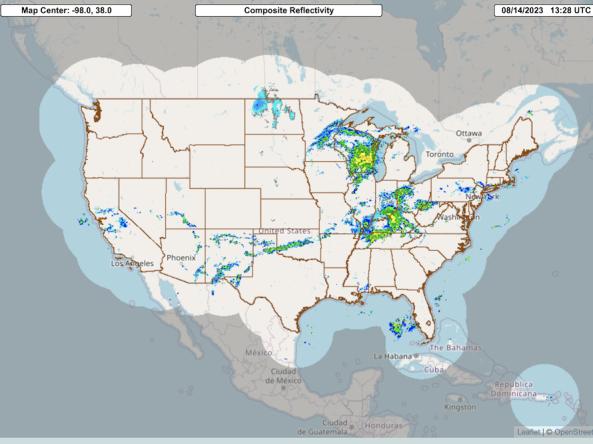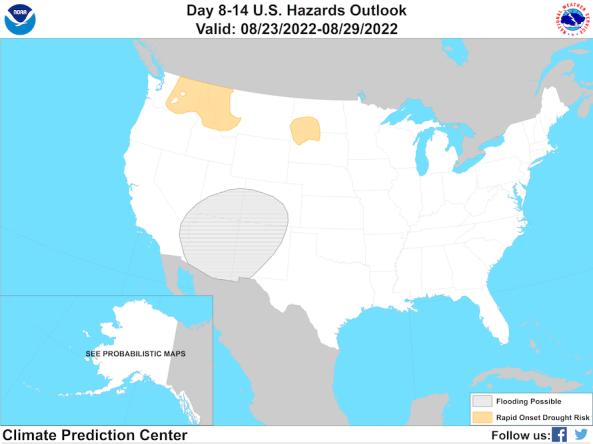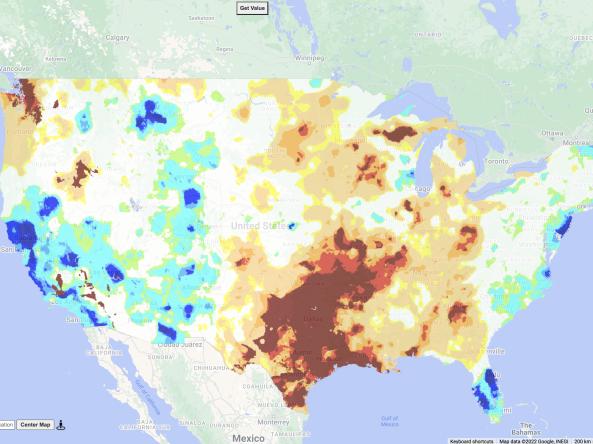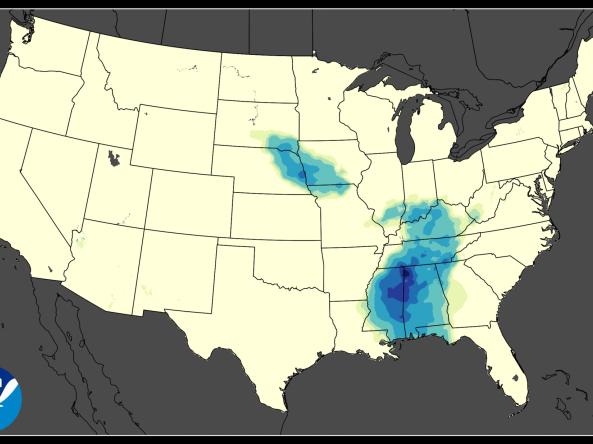For the latest forecasts and critical weather information, visit weather.gov.
NOAA’s National Integrated Drought Information System (NIDIS), in partnership with NOAA’s National Centers for Environmental Information (NCEI) and National Weather Service’s Climate Prediction Center, is hosting the 2023 Western Drought Webinar on May 9 to provide the latest information on current drought conditions and outlooks.
This Midwest DEWS research webinar highlighted results from a NIDIS-funded research study that analyzed the rapid transitions in precipitation extremes in the Midwest. The goal of this research study, led by Dr. Trent Ford at the University of Illinois and Dr. Liang Chen at the University of Nebraska-Lincoln, was to improve our understanding of rapid transitions between precipitation extremes in the Midwest, their causes, and the future risk they pose to the region.


